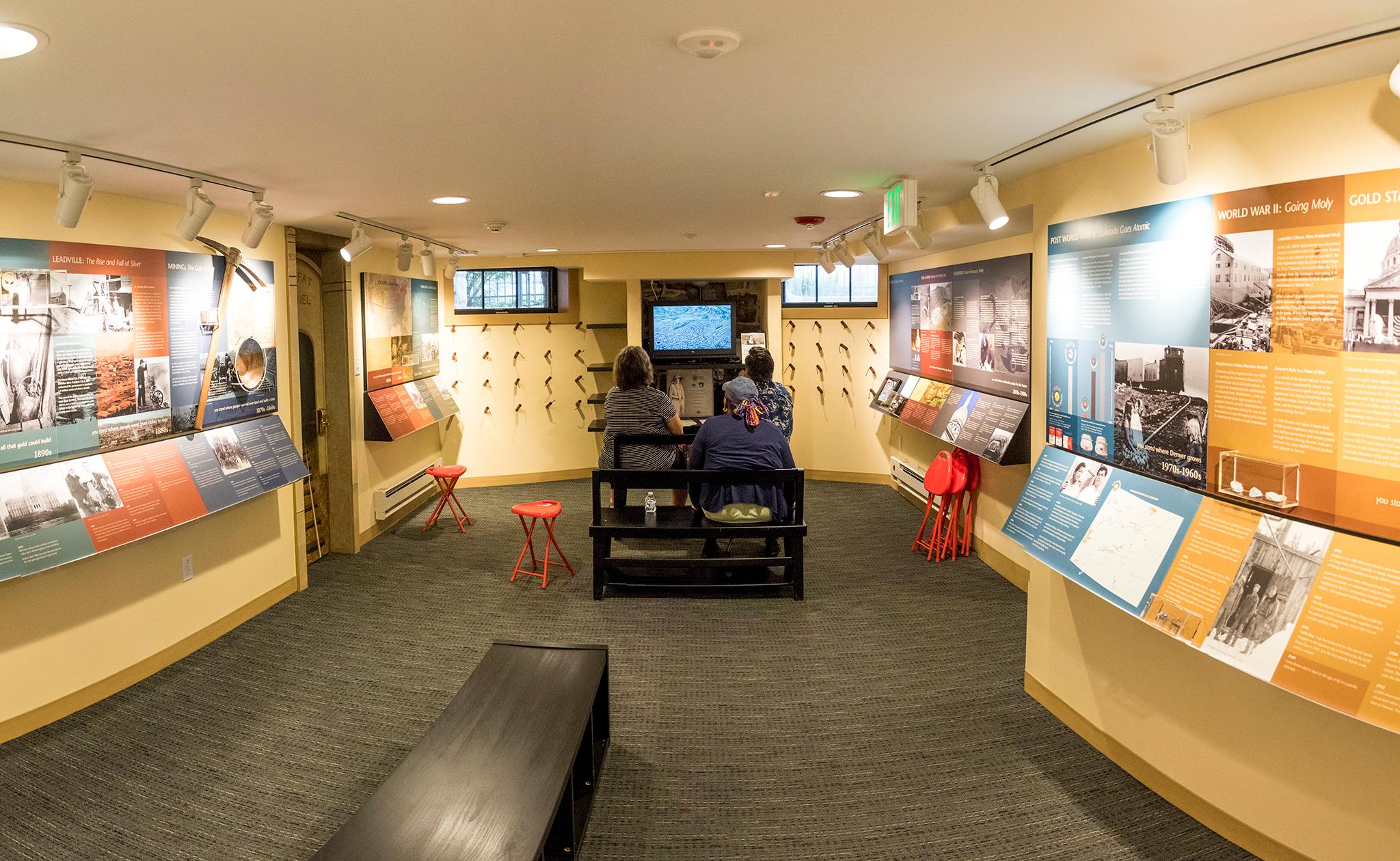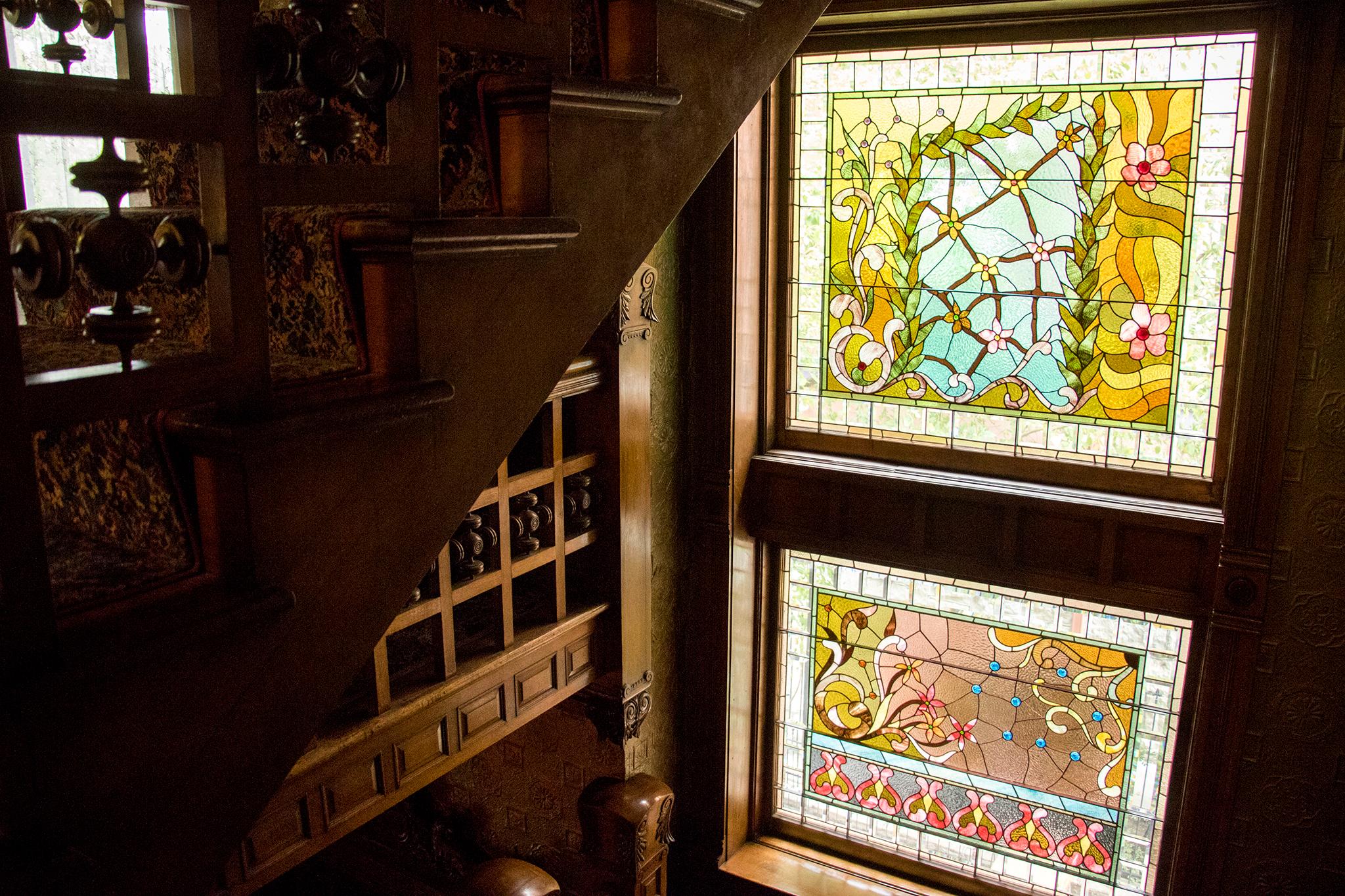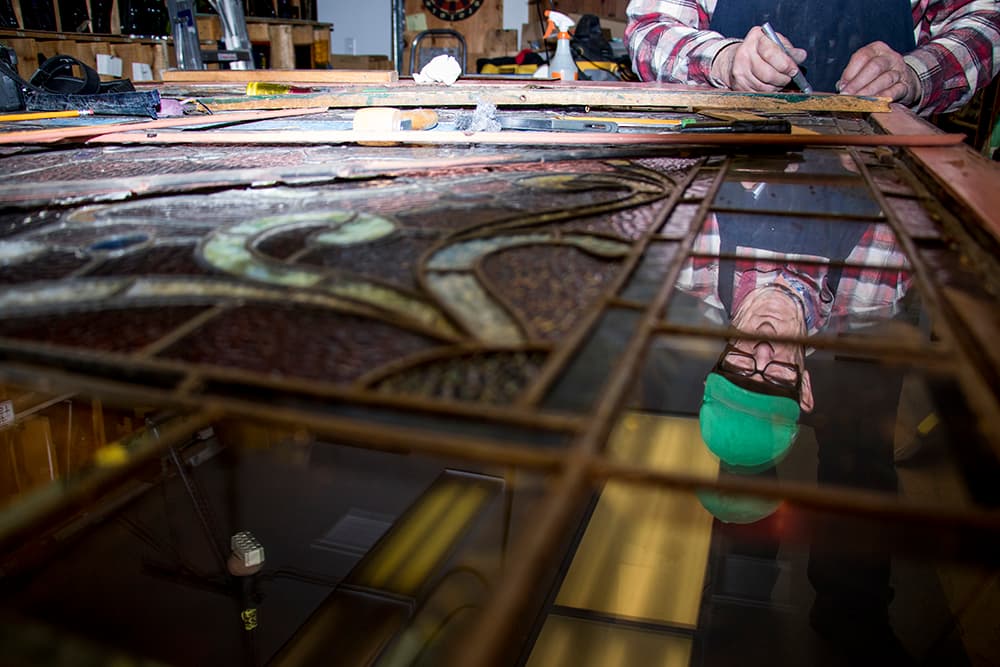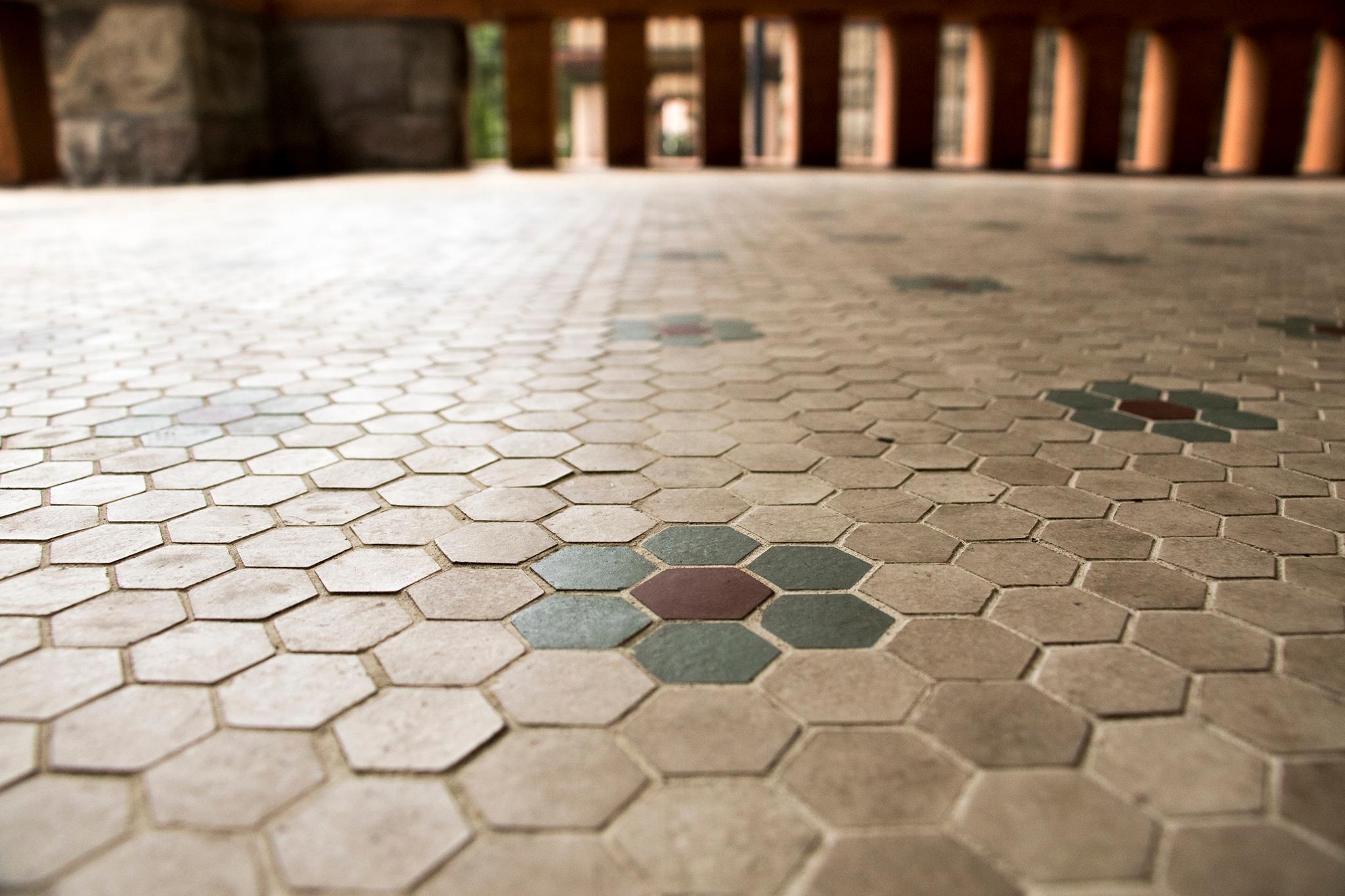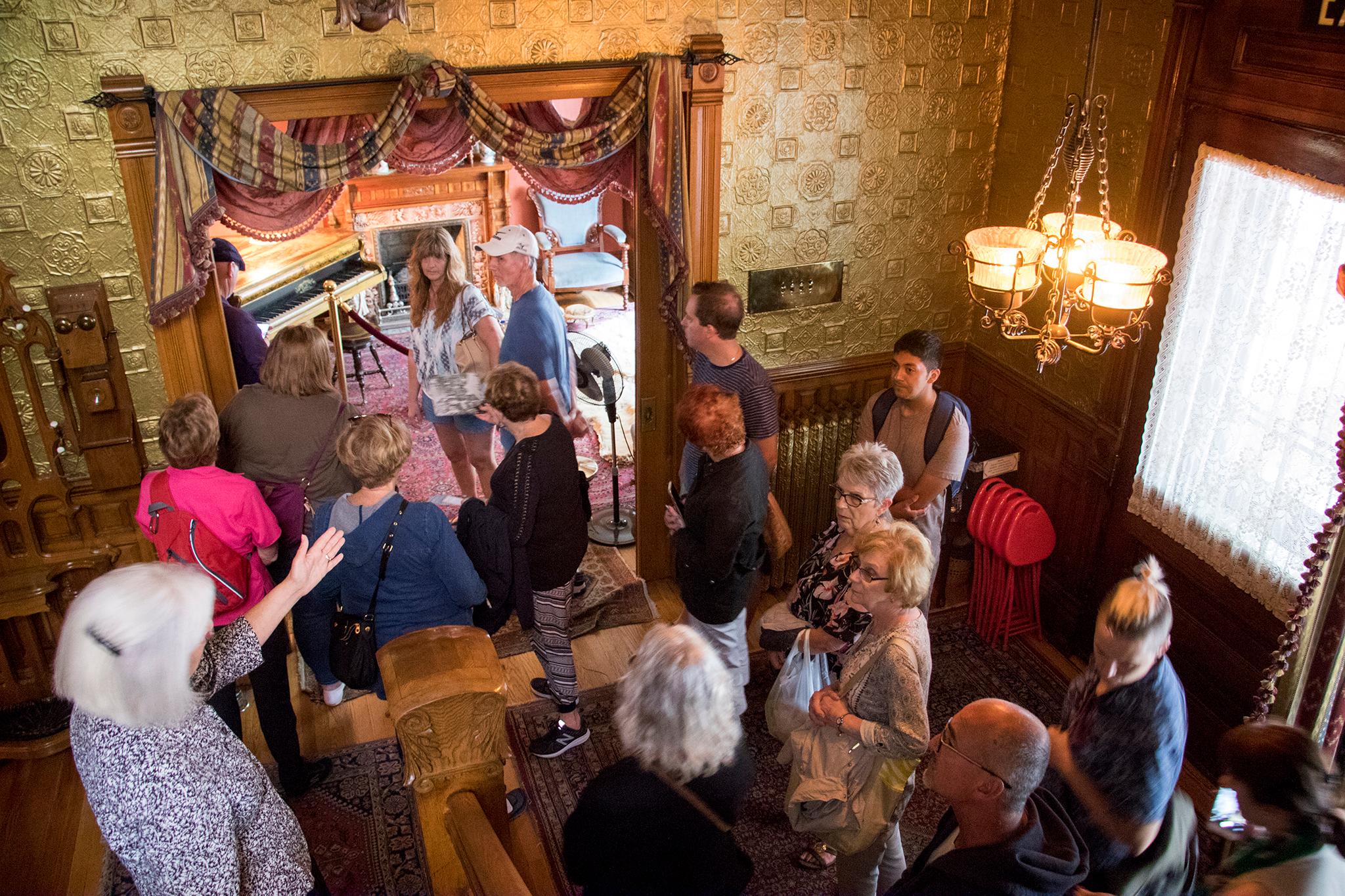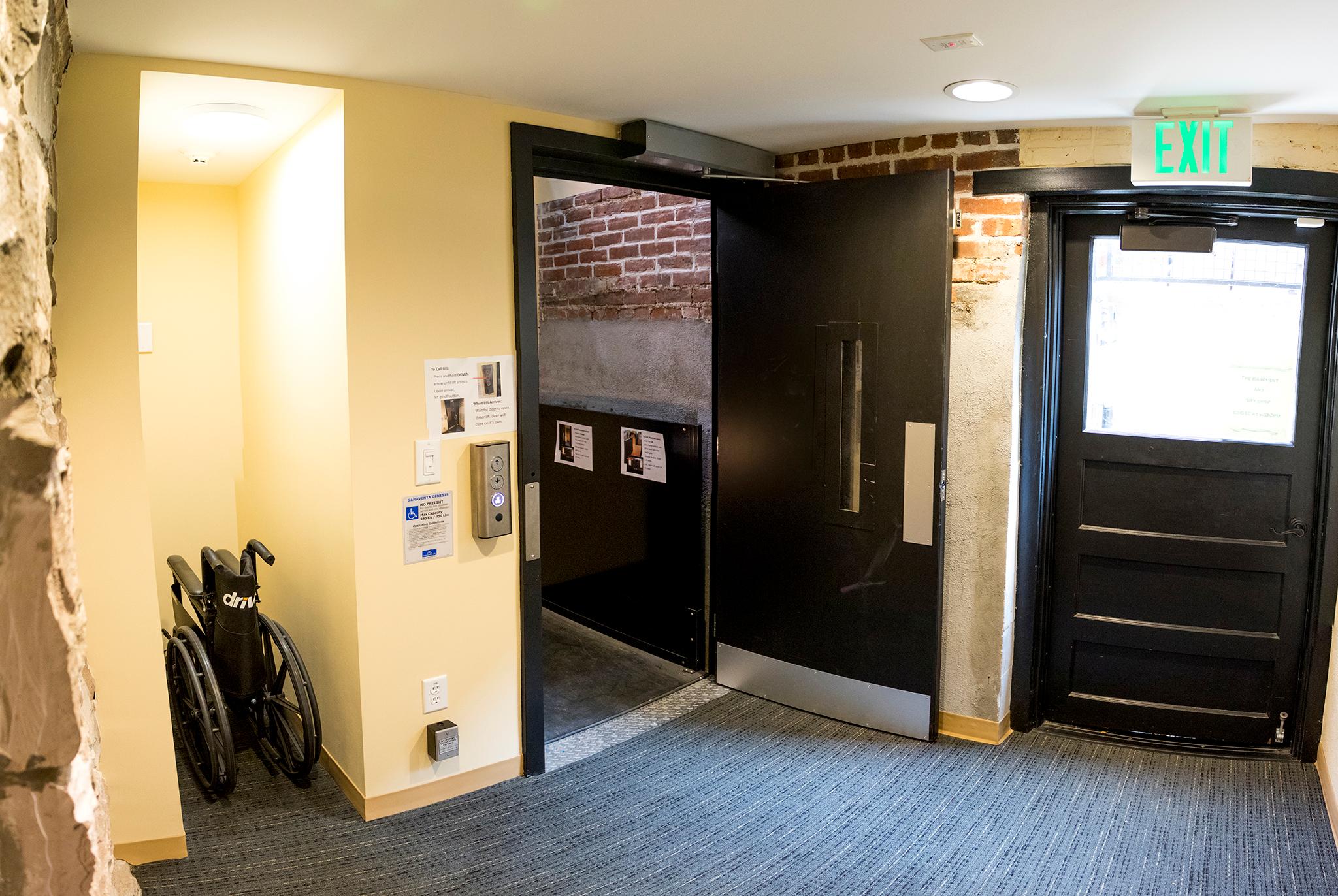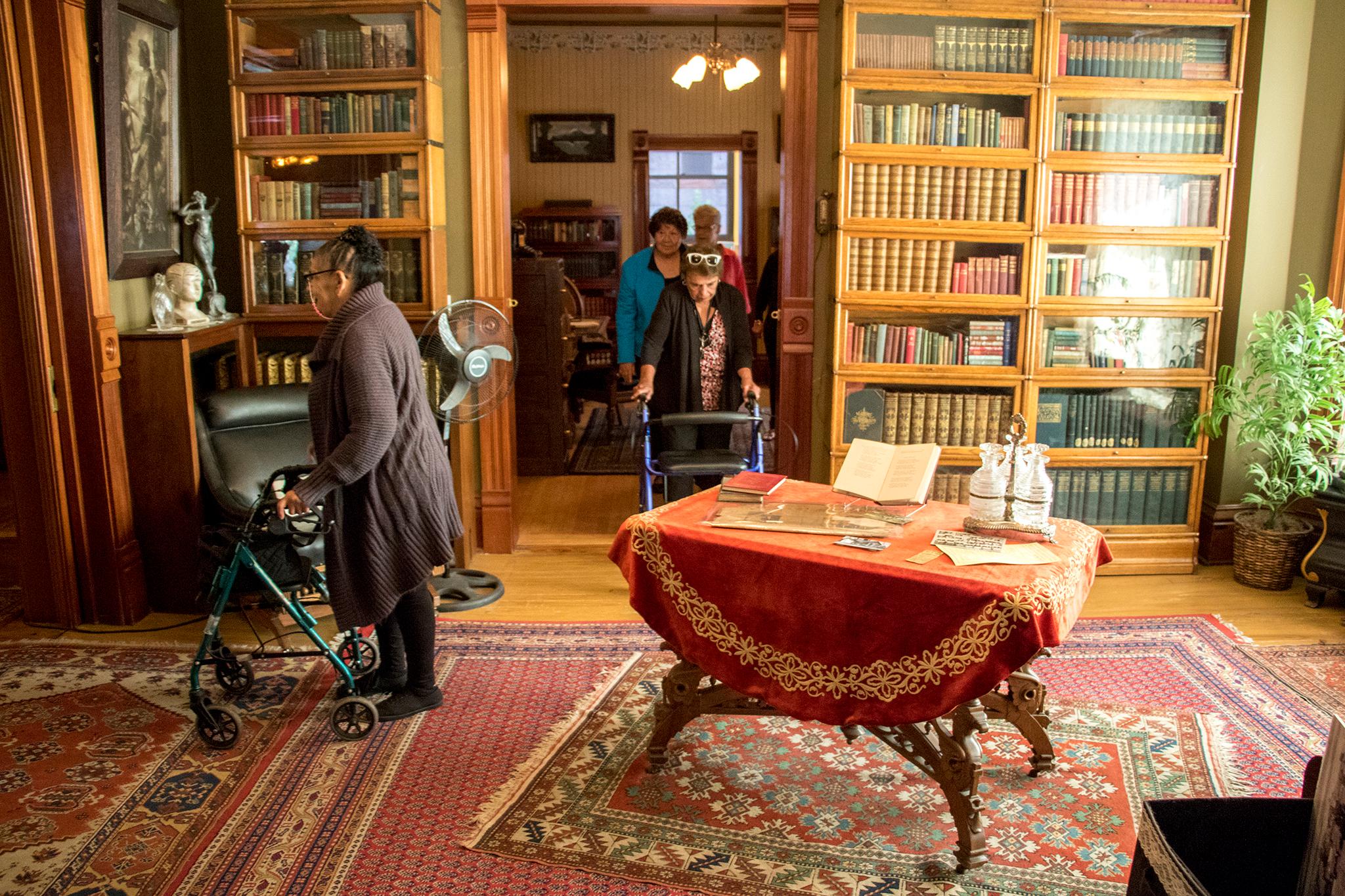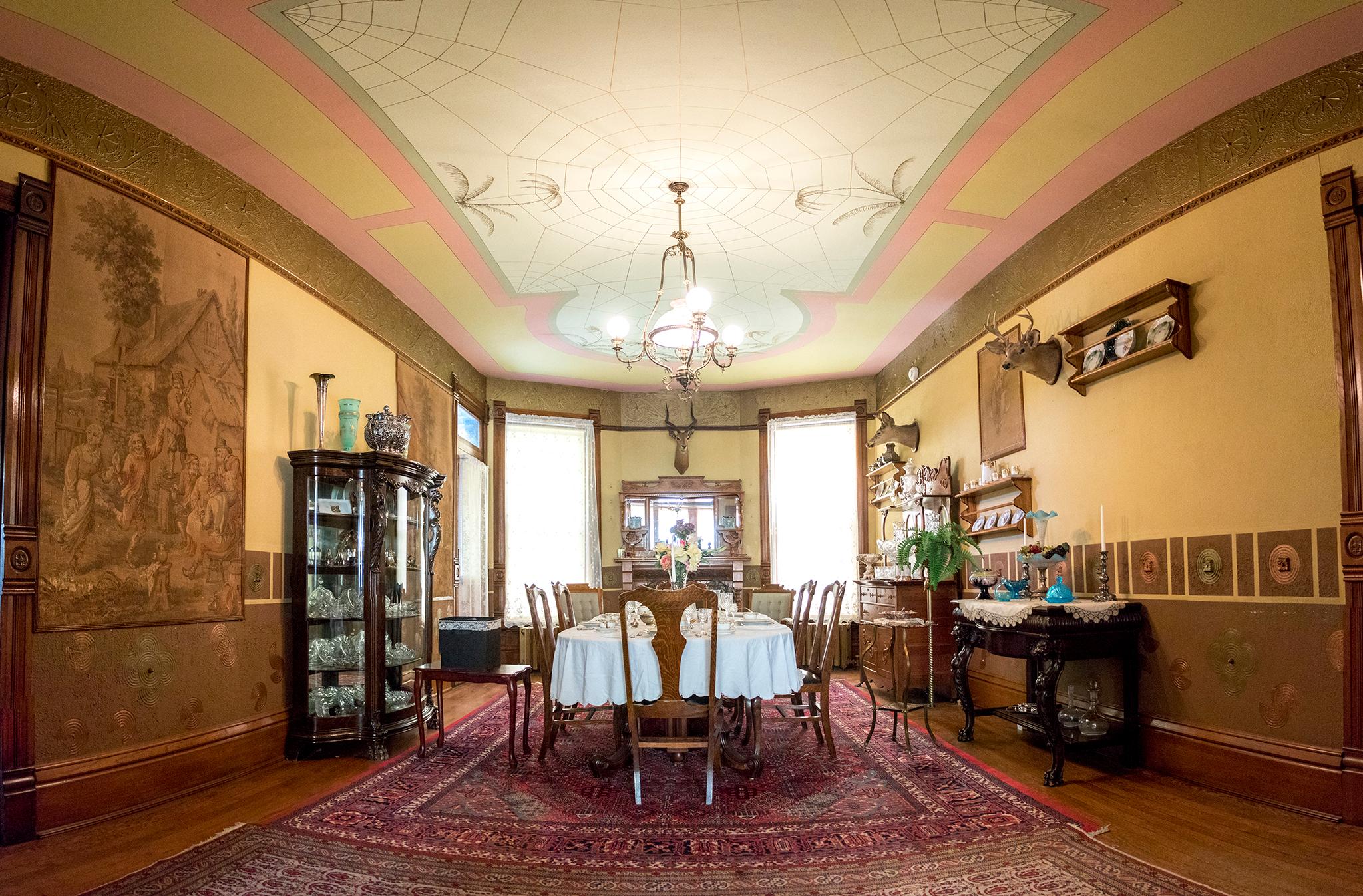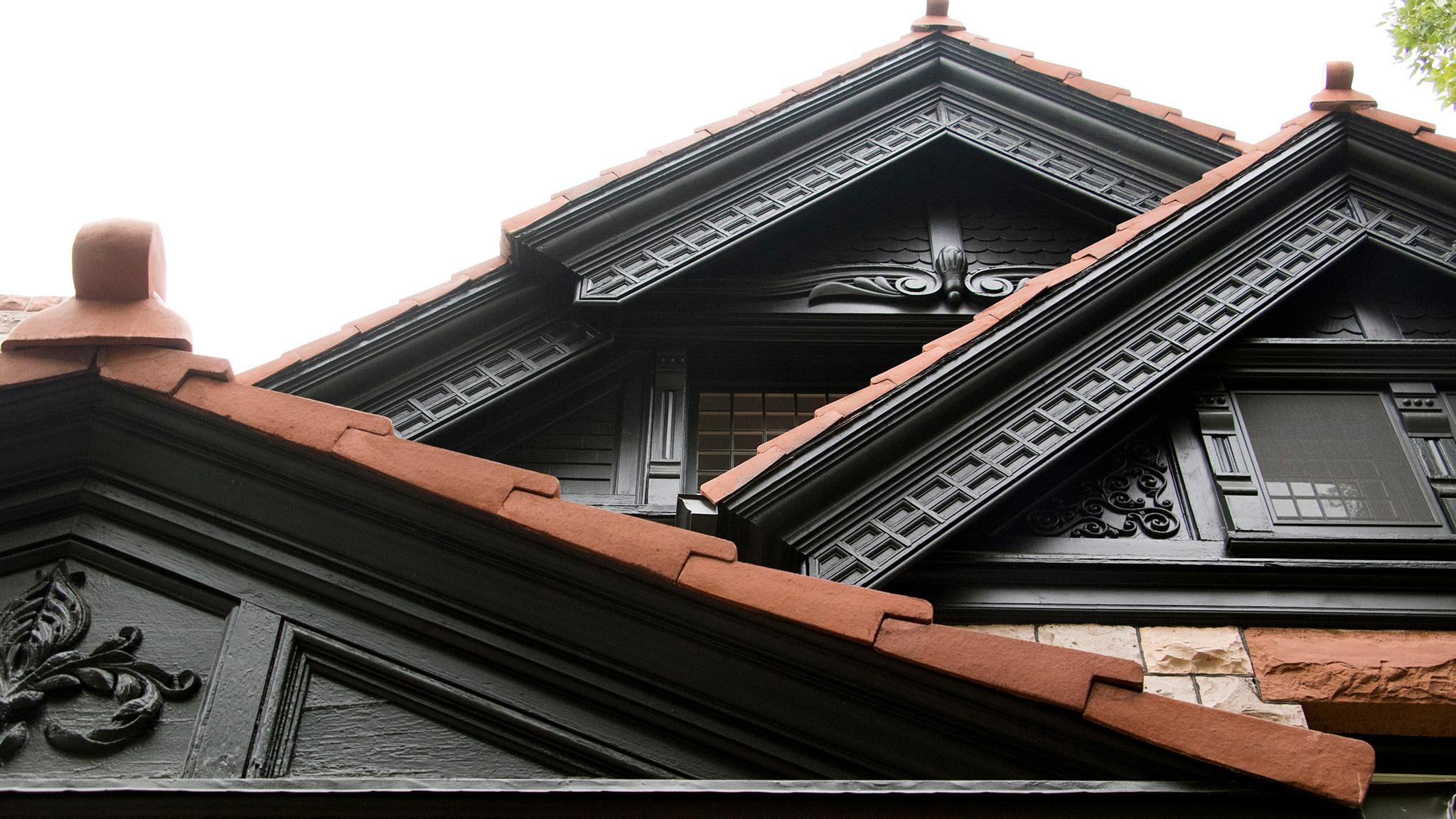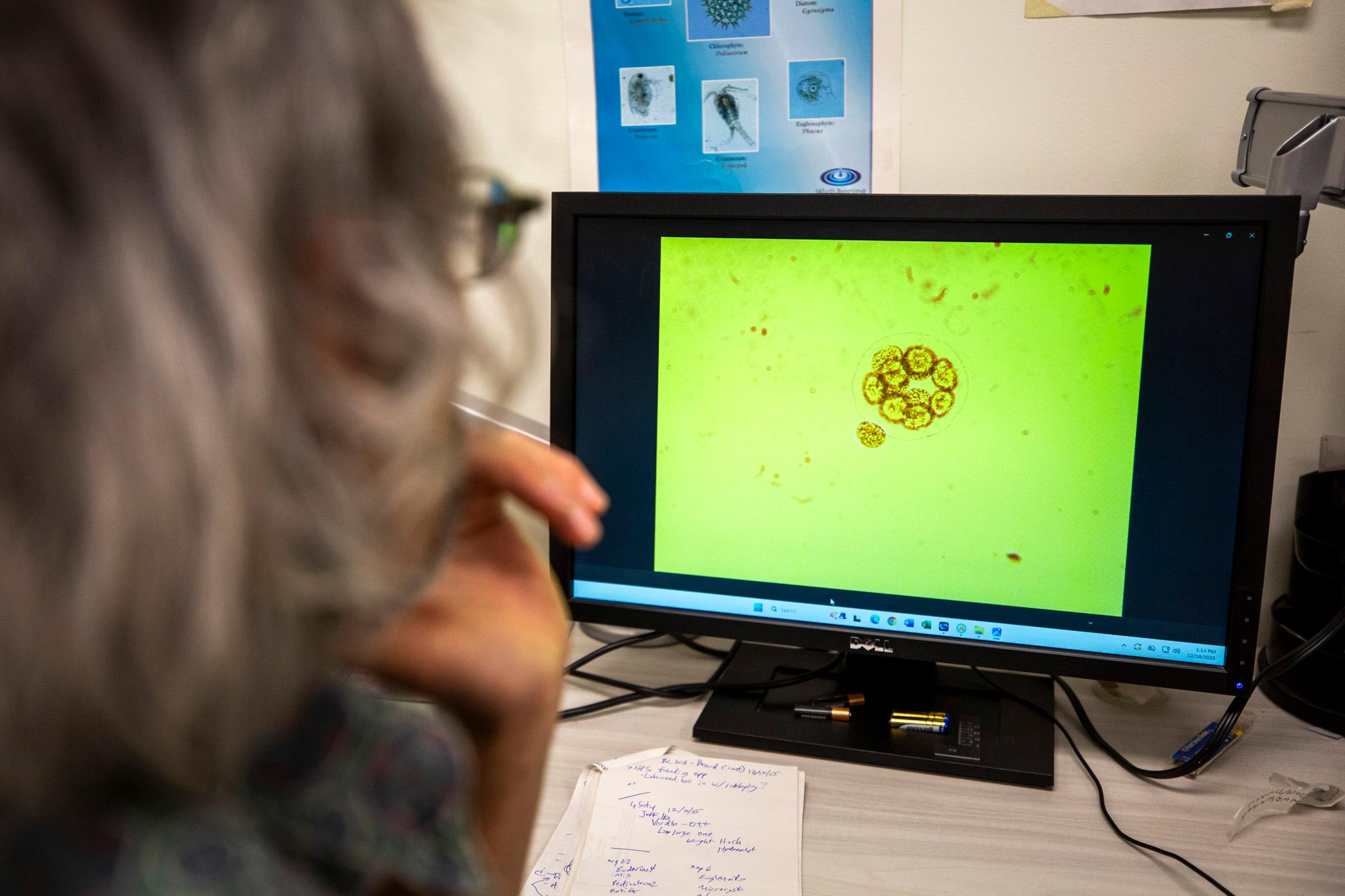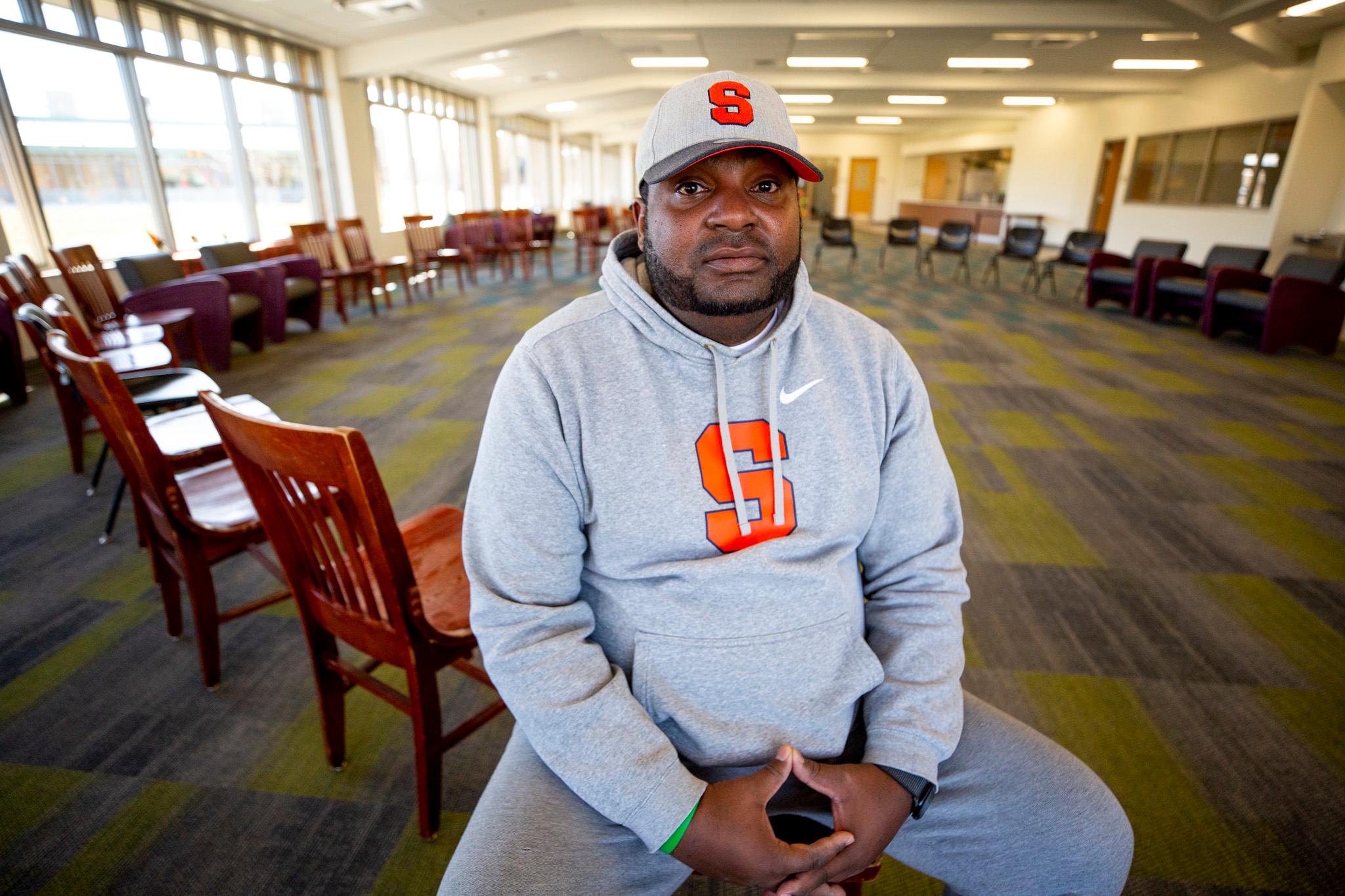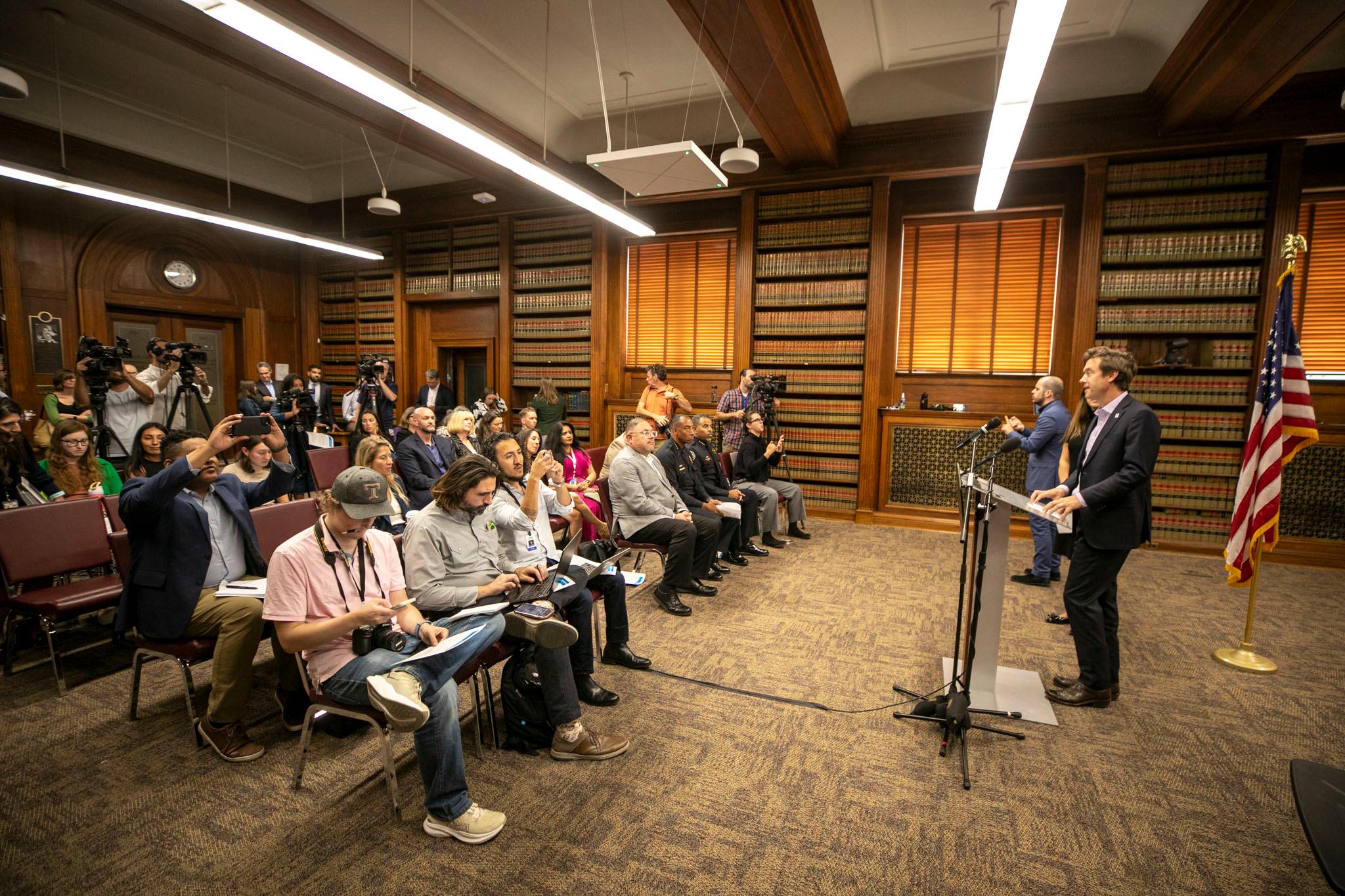Just a few years ago, Molly Brown House museum director Andrea Malcomb said, Capitol Hill's historic crown jewel was in need of a lot of work.
The foundation slab "was in danger of falling in a hole," the front porch's mosaic tiles were tarnished, its stone exterior covered in a more than century worth of soot.
It's been a five-year slog since Historic Denver started raising money to revamp the house, which it operates. With $2 million in grants and endowments, the city's preservation nonprofit got to work. After three years, that process is finally complete.
Malcomb told Denverite about a million dollars went into repouring parts of the foundation, adding new exhibit space in the home's formerly "dank, dingy and drippy" basement, brightening up those porch tiles and exterior stone, revitalizing the large stained glass windows over the north staircase and creating a preservation room so visitors can watch as the institution's 10,000-or-so items get their own little makeovers. It's also allowed the house to become more accessible with a new lift system in the back of the building and improved sidewalks out front to accommodate people in wheelchairs or who use walkers.
"The icing on the cake was being able to repaint the trim," she said, which was painted "a faded salmon color" in modern decades. The new color, a very dark green that only reveals its emerald aura in the right light, is thought to have been the color when Molly and J.J. Brown arrived as the home's second owners in 1894. Malcomb said a team of architects, paint experts and historians scoured the building and discovered bits of old pigment that, when analyzed with an electron microscope, provided the right shade for the reboot.
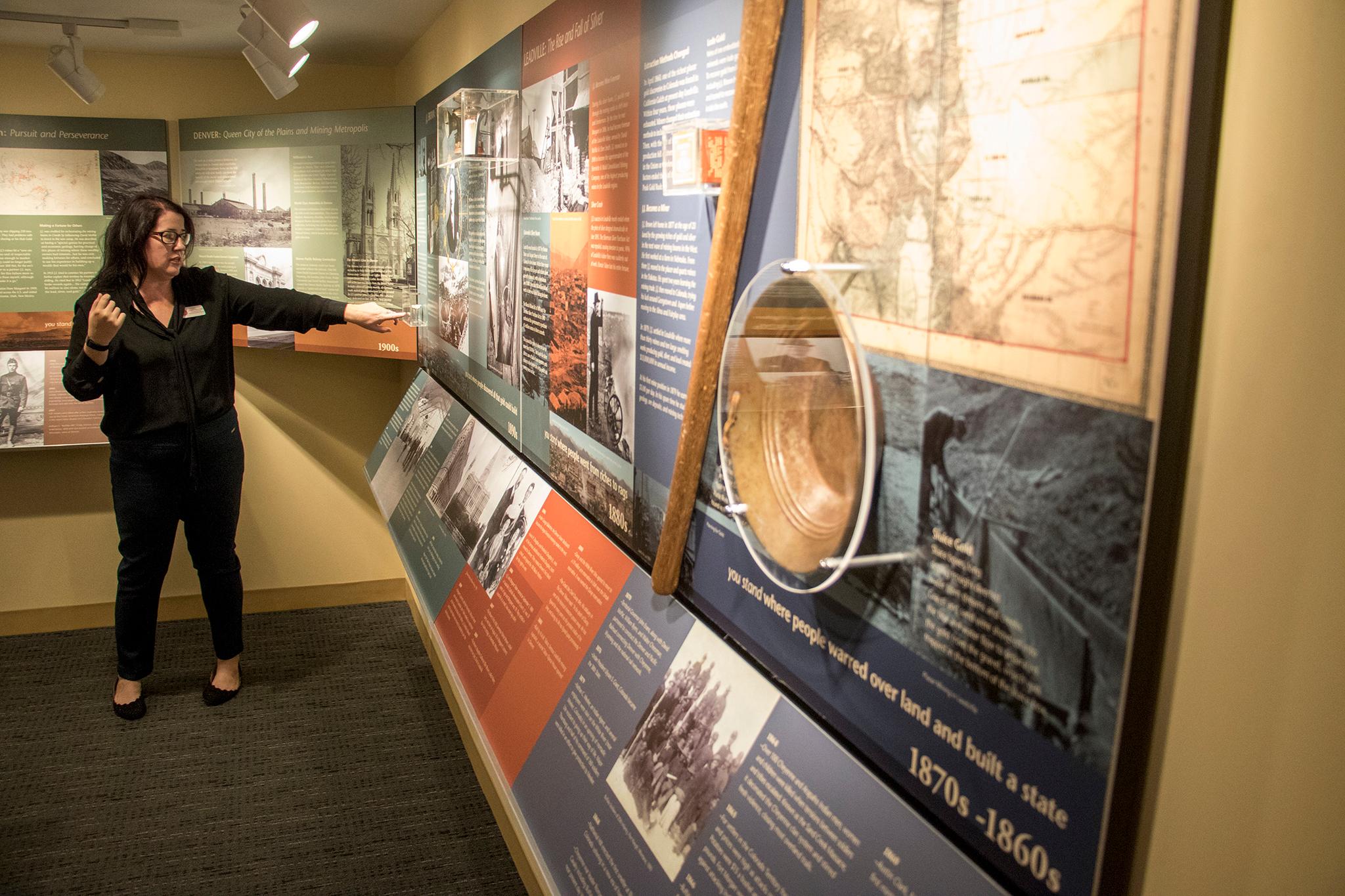
A significant portion of the remaining money will be placed in a "rainy day fund" in case any new work on the home needs to happen, but a lot of it has already padded Historic Denver's coffers to allow new programming around the house and historic preservation at large.
One speaking series aims to put broader modern topics in context with history. The next salon event, titled "Coming to America?", will explore attitudes toward immigrants today and a century ago.
This is especially relevant to Molly Brown's story, Malcomb said. Following Ireland's potato famine and Colorado's gold rush, the state became home to many Irish immigrant families. The Browns, Irish descendants themselves, often hired their countrymen to work in and around the house. Molly Brown's legacy touches a host of issues like reproductive health and how women's bodies have been portrayed since the Victorian era.
"I think her story has so many great narratives and lessons embedded in it," Malcomb said. "We can really use it to inspire people today: go out and vote at the primaries, because Margaret had to fight to get the right to vote."
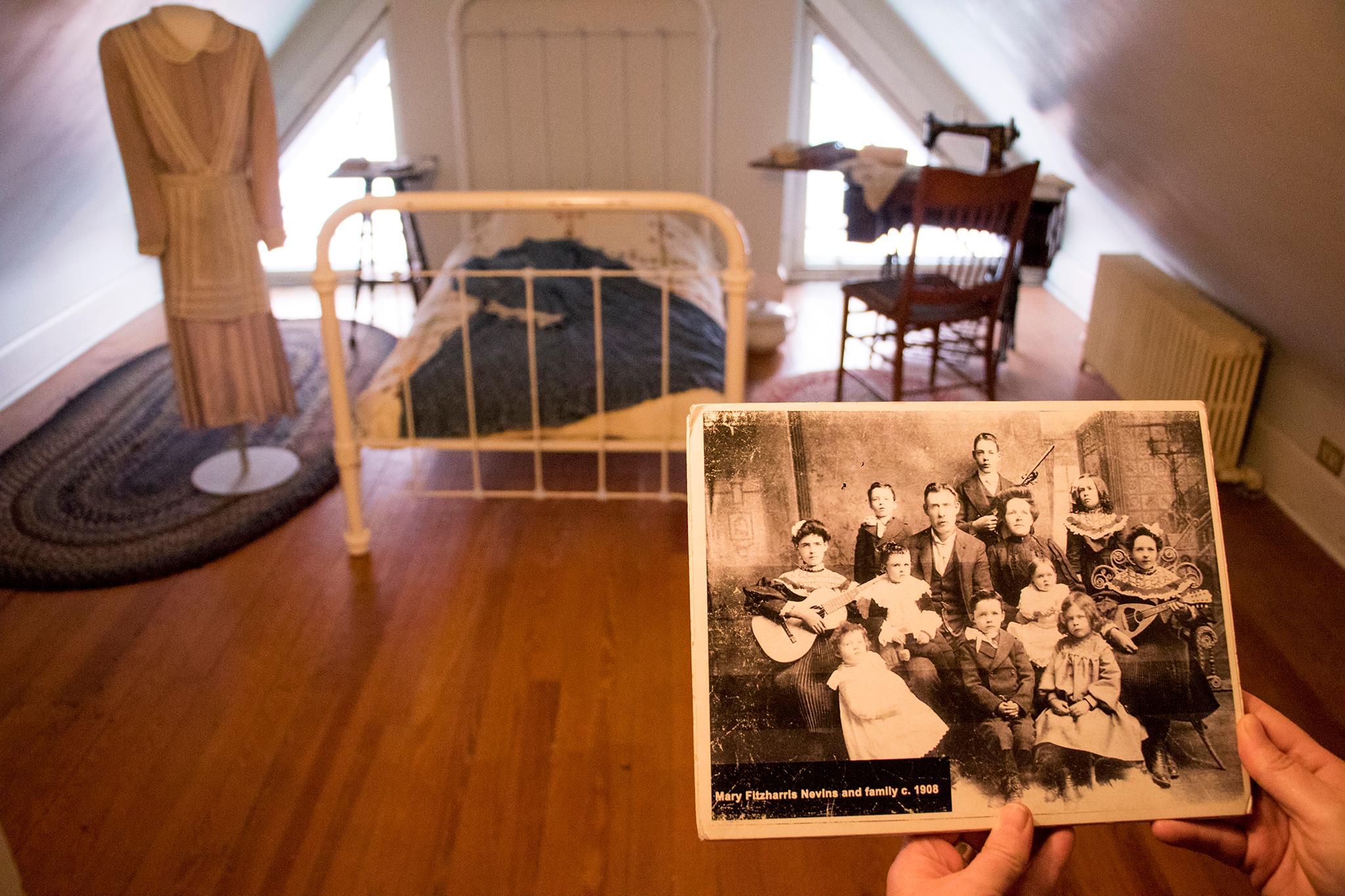
And if Molly Brown herself is a perfect historic lens to view today's social issues, her house might be the perfect place to start when it comes to discussing Denver's structural present and future.
A new series, Re:Denver, is Historic Denver's recurring discussion about the city's growth and pressures neighborhoods are facing as a result. They've had two events so far, and high interest made it necessary to hold these outside of the Molly Brown House. Their next installment, which is on Sept. 18, puts Denver's most recent population boom in context with those in the past and brings together "demographers, preservationists and planners" to talk about what kind of infrastructure the city still needs to flourish.
Historic Denver's fundraising is also being doled out as grants for hyper-local preservation initiatives. The Historic Denver Action Fund has already provided cash to projects along South Pearl Street and around La Alma Lincoln Park. Future money could go toward a preservation study or to restore historic street signs.
"Neighborhoods can reinvest in the character and history of their communities," Malcomb said.
It's important to keep discussing history and providing avenues for preservation, she said.
"It’s a perfect place, because neighborhoods like ours are changing," Malcomb said. "As Historic Denver and a historic preservation organization, we felt it was important to walk our talk."
